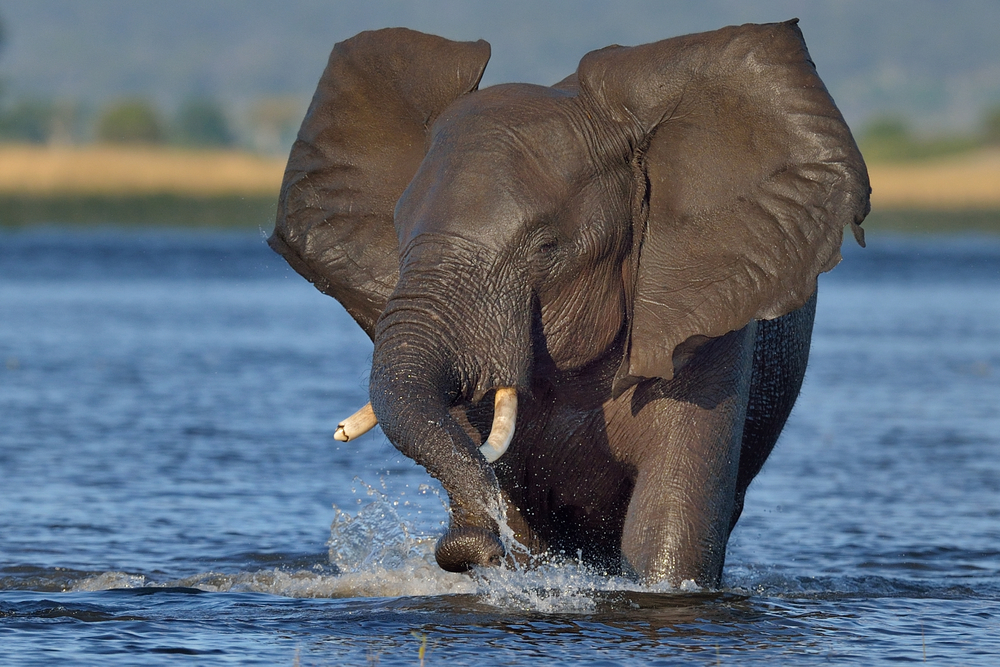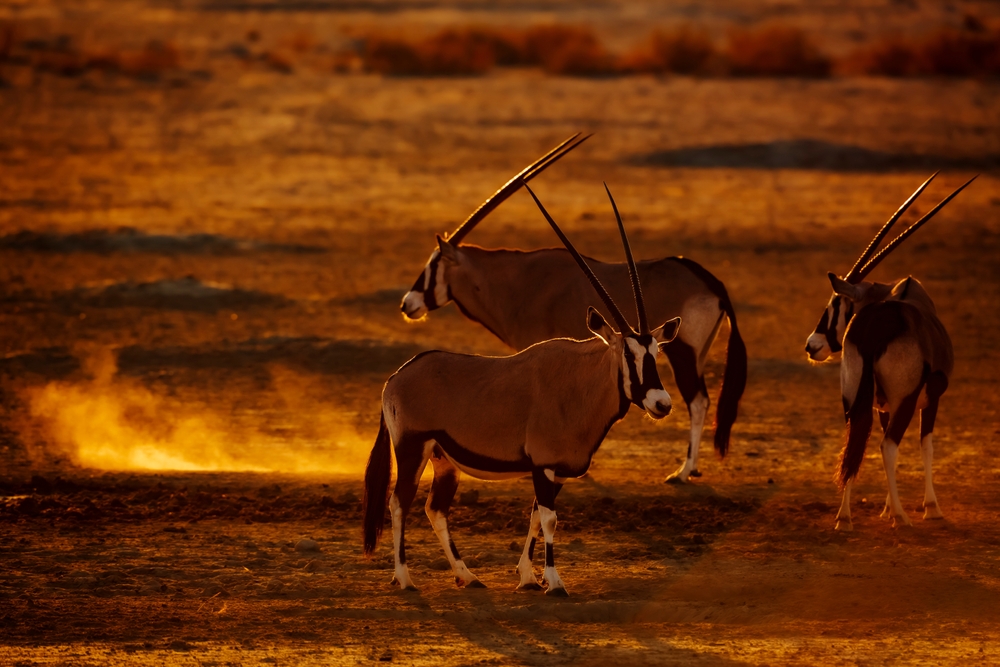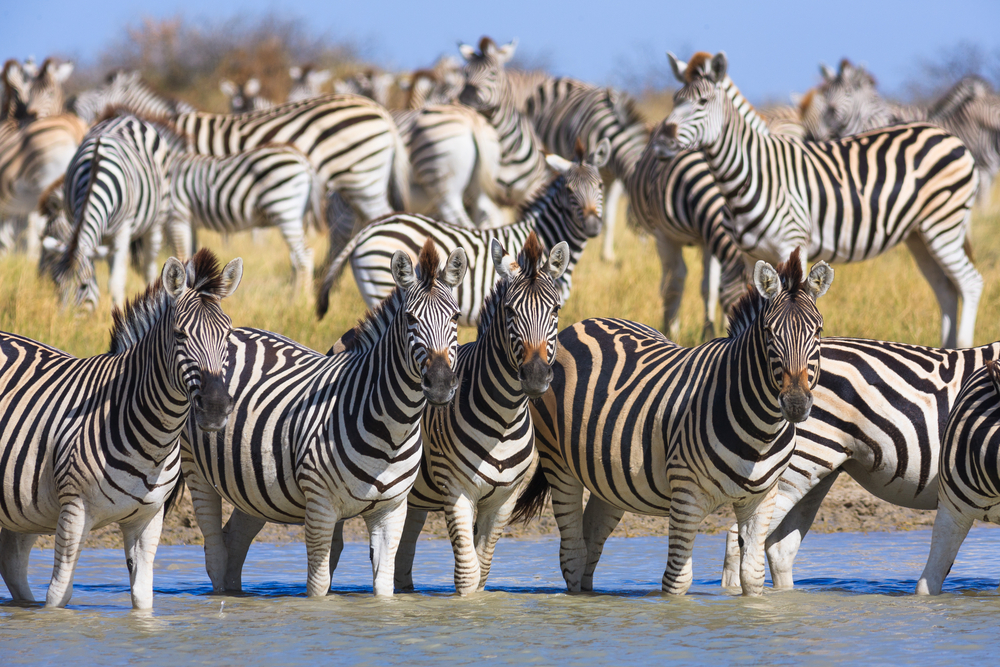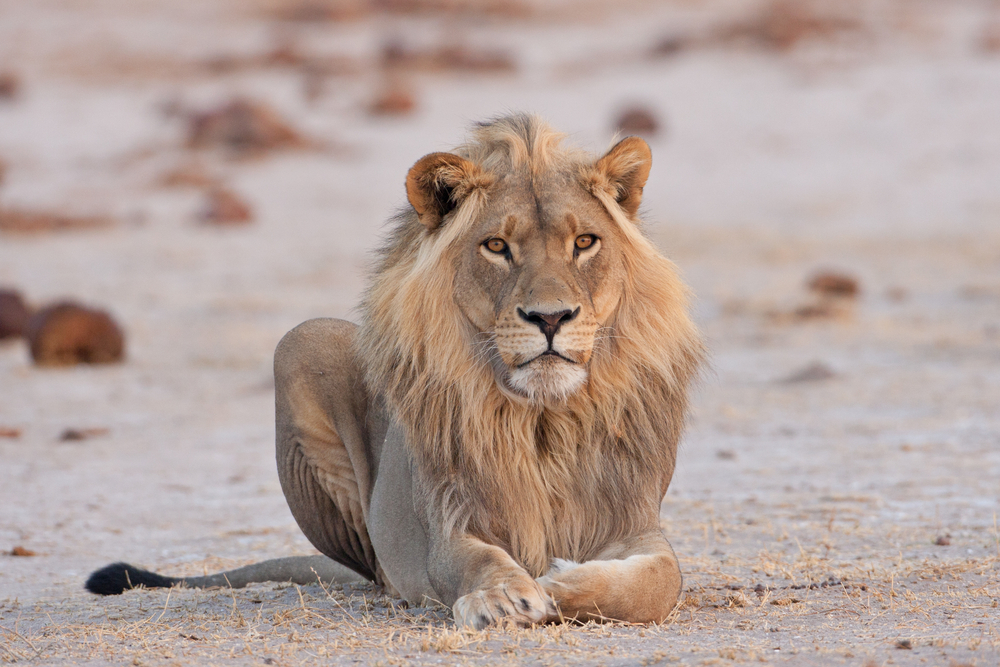Botswana is home to an exceptional array of national parks that embody its commitment to wildlife conservation and ecological preservation. With a total of four official national parks, Botswana stands as one of Africa’s premier destinations for nature lovers and adventurers. The parks are characterized by diverse ecosystems, ranging from arid deserts to lush wetlands, offering visitors a chance to experience an unparalleled variety of landscapes and wildlife.
Among the most celebrated is Chobe National Park, famous for its dense population of elephants. The park is home to the largest continuous elephant population in Africa, with herds often numbering in the hundreds. Spanning floodplains, riverfronts, and dry savannahs, Chobe is also renowned for its diverse birdlife and predators such as lions and leopards. The Chobe River, a lifeline for the park, draws animals in droves during the dry season, creating spectacular opportunities for wildlife viewing.
Another standout is Nxai Pan National Park, which offers a stark yet captivating landscape dominated by grass-covered fossil pans. During the rainy season, the park transforms into a lush haven for migratory birds, springboks, and zebras, accompanied by predators like cheetahs and hyenas. The famous Baines’ Baobabs, a cluster of ancient trees, add a unique historical and cultural element to the park.
The Kgalagadi Transfrontier Park, shared with South Africa, is a vast wilderness known for its red dunes, sparse vegetation, and dramatic predator-prey interactions. This semi-desert region supports resilient wildlife such as oryx, wildebeest, and the iconic black-maned Kalahari lions. Its remoteness offers an unparalleled sense of solitude and raw nature.
Botswana’s crown jewel, Makgadikgadi Pans National Park, is one of the world’s largest salt flats, a hauntingly beautiful expanse that becomes a wildlife paradise during seasonal rains. Flamingos, pelicans, and other waterbirds arrive en masse, alongside wildebeests and zebras that attract predators such as lions and wild dogs. The stark white plains contrast with shimmering mirages and a boundless horizon, making it a surreal destination.
Despite Botswana’s conservation successes, challenges persist. Human-wildlife conflict is an ongoing issue, especially in areas where wildlife corridors intersect with agricultural land. Climate change also threatens water sources and migratory patterns. However, Botswana’s commitment to sustainable tourism and anti-poaching measures has set a global benchmark. The government’s emphasis on high-value, low-impact tourism has limited environmental degradation while providing vital funds for conservation.
Botswana’s national parks offer an unforgettable journey into unspoiled wilderness, with thriving ecosystems that showcase the best of Africa’s natural heritage.













































































